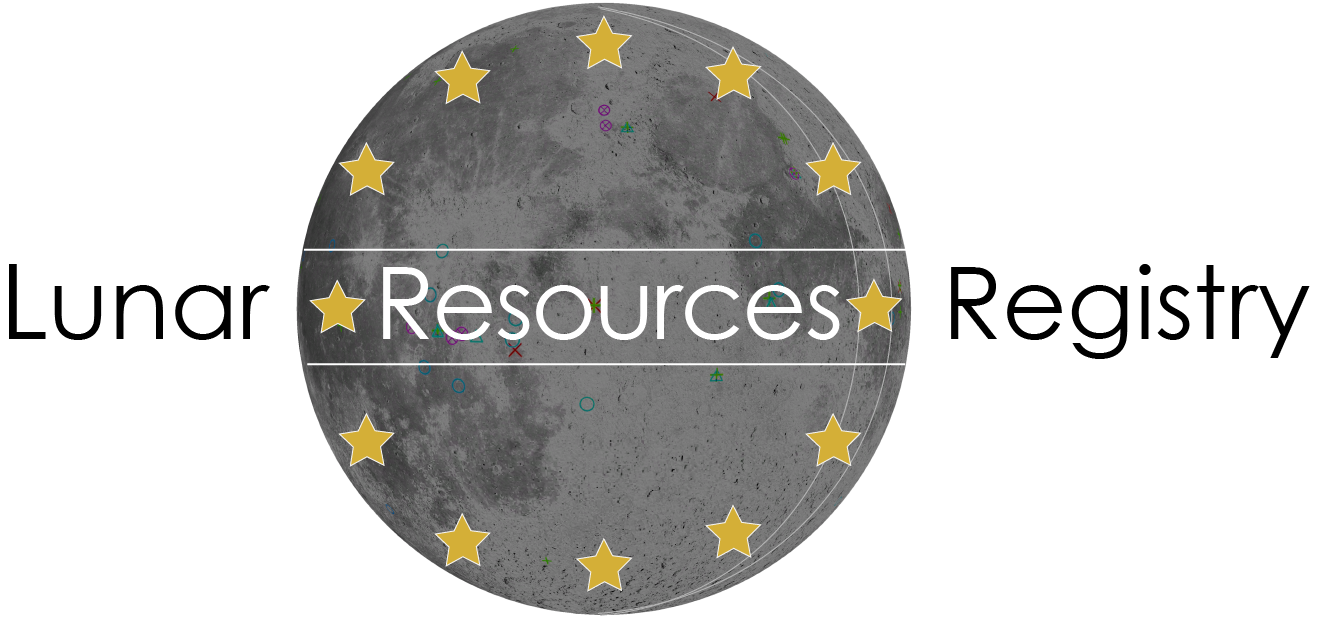Lunar Resources will be commodities
The most popular identified Lunar Resources are: Titanium, Iron, Silicon, Aluminium, Water, Oxygen, Hydrogen, and Helium-3. Their specific locations range from easy-to-access on flattish Mare, to difficult-to-access but valuable, deep in shadowed craters, where there may be deposits of water.
Both national Space Agencies and private enterprise gather increasingly precise data about the surface of the Moon. Space Resources entrepreneurs develop business propositions regarding commercialising the Moon and its resources. There is significant public interest, and investors are interested in businesses conducting real operations.
As a result of this momentum, LRR sees the registration of resources on the Lunar Surface as a logical development.
Adding to this momentum is that terrestrial mining companies are increasingly under strain on earth to avoid environmental damage, and are also facing technical extremes in many of their activities that make their existing business models less attractive.
Major economic powerhouses (US, Europe, China, Russia, Japan, India) have all conducted Lunar operations of one kind or another. However, space resources programs require a realistic political destination backed up by commercial objectives, as these are big budget and high-profile missions. Their various orbiters and landers therefore represent a trend that is unmistakable, and its first priority will be to establish sufficient technical prowess to not only reach the lunar surface, but also finding ways to implement resources extraction projects that will provide the commercial viability of such missions and activities.
The objective of this trend, from a resources point of view, will be to identify locations of sufficient value on the Lunar surface, yet these locations may also be ideal infrastructure points for CisLunar communication, generating energy, or providing access to permanently shadowed areas that may have the building blocks of life. Without a doubt this trend will see increased Lunar activity, leading to inevitable sovereign and commercial claims in the future, and for this purpose the Lunar Resources Registry provides the ideal process to ensure that resources and locations are registered, commercially secured and documented within the scope of the existing international legal frameworks.

